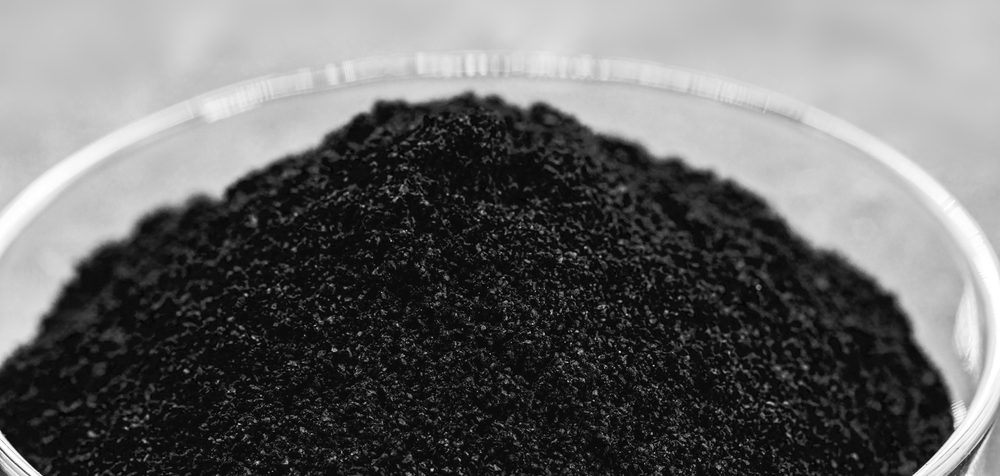
A team at James Cook University in Australia has developed a breakthrough method that easily converts microplastics into graphene that could be used for several applications, such as the manufacturing of various sensors and water purification, as well as the absorption of PFAS.
“Approximately 30 mg of microplastics produced nearly 5 mg of graphene in 1 minute. This production rate is remarkably higher than achieved previously, and offers a simpler, more environmentally friendly alternative to current techniques,” said lead investigator, Dr. Adeel Zafar.
Microplastics pose an increasing environmental and health risk, as they are non-degradable and insoluble in water and are an evolving threat to fish, animals, and humans. They absorb organic pollutants, and once they are in water, they are integrated into both marine and human food chains. Recycling microplastics has faced significant challenges due to labor-intensive separation processes and high costs, resulting in a very low resource recovery rate.
“Upcycling, which involves transforming plastic waste into higher-value materials rather than simply breaking it down, has a high demand,” said Dr Zafar.
The team ground-up plastic bottles into microplastics and then used the Atmospheric Pressure Microwave Plasma (APMP) synthesis technique to convert the debris to graphene. Raman spectroscopy of the synthesized graphene revealed a spectrum characteristic of graphene‐based materials, with indications of defects and the presence of oxygen content. It exhibited nearly ten times greater efficiency in adsorbing perfluorooctanoic acid compared to the oxidized form of graphene. However, it is slightly less effective than graphene‐based nanocomposites.
“The research not only pioneers a novel approach to graphene synthesis but also contributes to the broader goal of mitigating the adverse effects of microplastic pollution on our ecosystems,” said co-author Professor Mohan Jacob.
